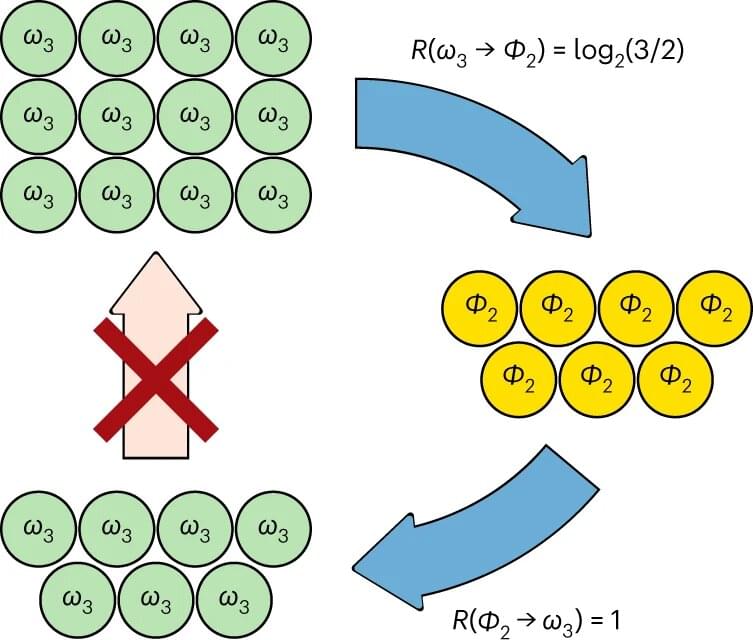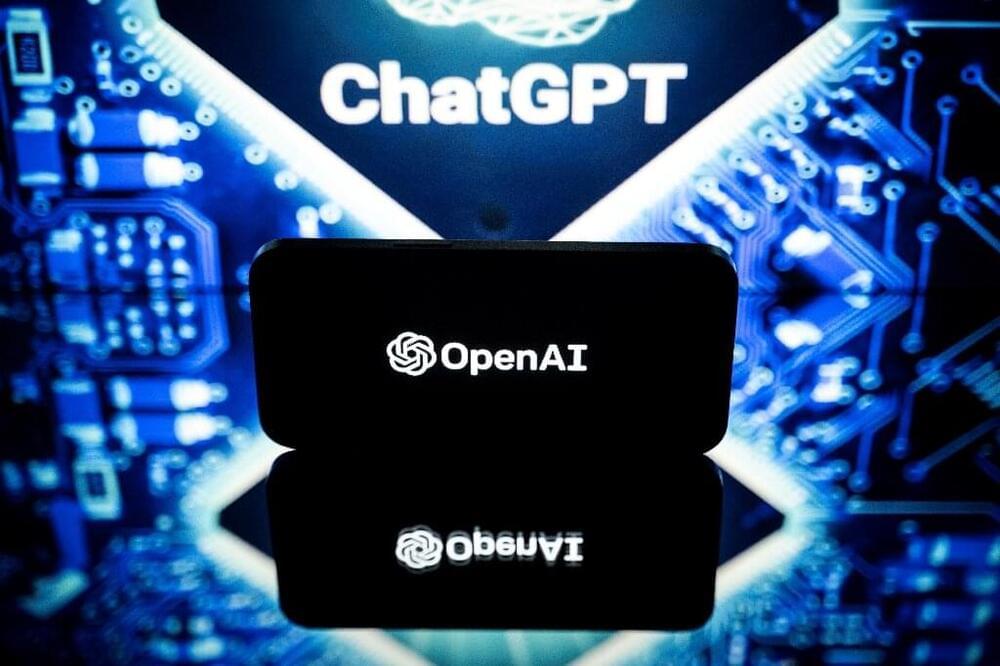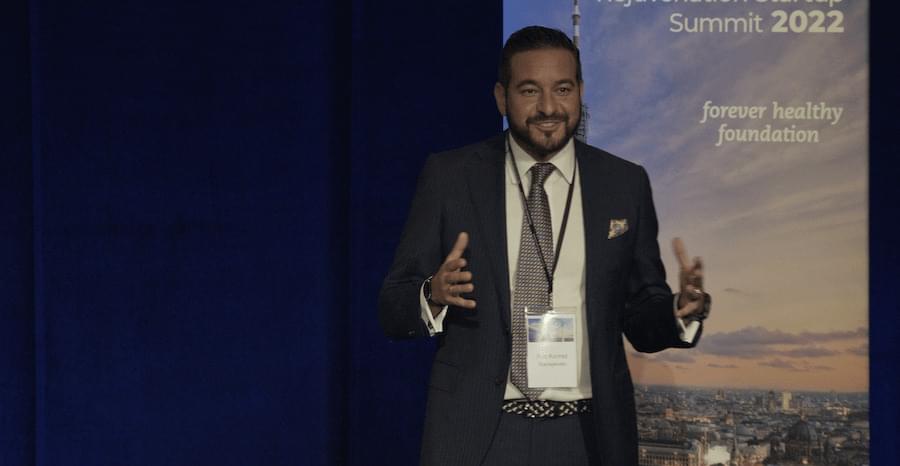Now you see your data, now you don’t.
Meanwhile, your precious data has become part of the collective, as it were.
I’m referring to an aspect that might be quite surprising to those of you that are eagerly and earnestly making use of the latest in Artificial Intelligence (AI). The data that you enter into an AI app is potentially not at all entirely private to you and you alone. It could be that your data is going to be utilized by the AI maker to presumably seek to improve their AI services or might be used by them and/or even their allied partners for a variety of purposes.
You have now been forewarned.
All those people eagerly using generative AI ChatGPT are potentially falling into an insidious trap, namely entering confidential info that they assume will be ironclad confidential. Here’s what they and everyone needs to know.








